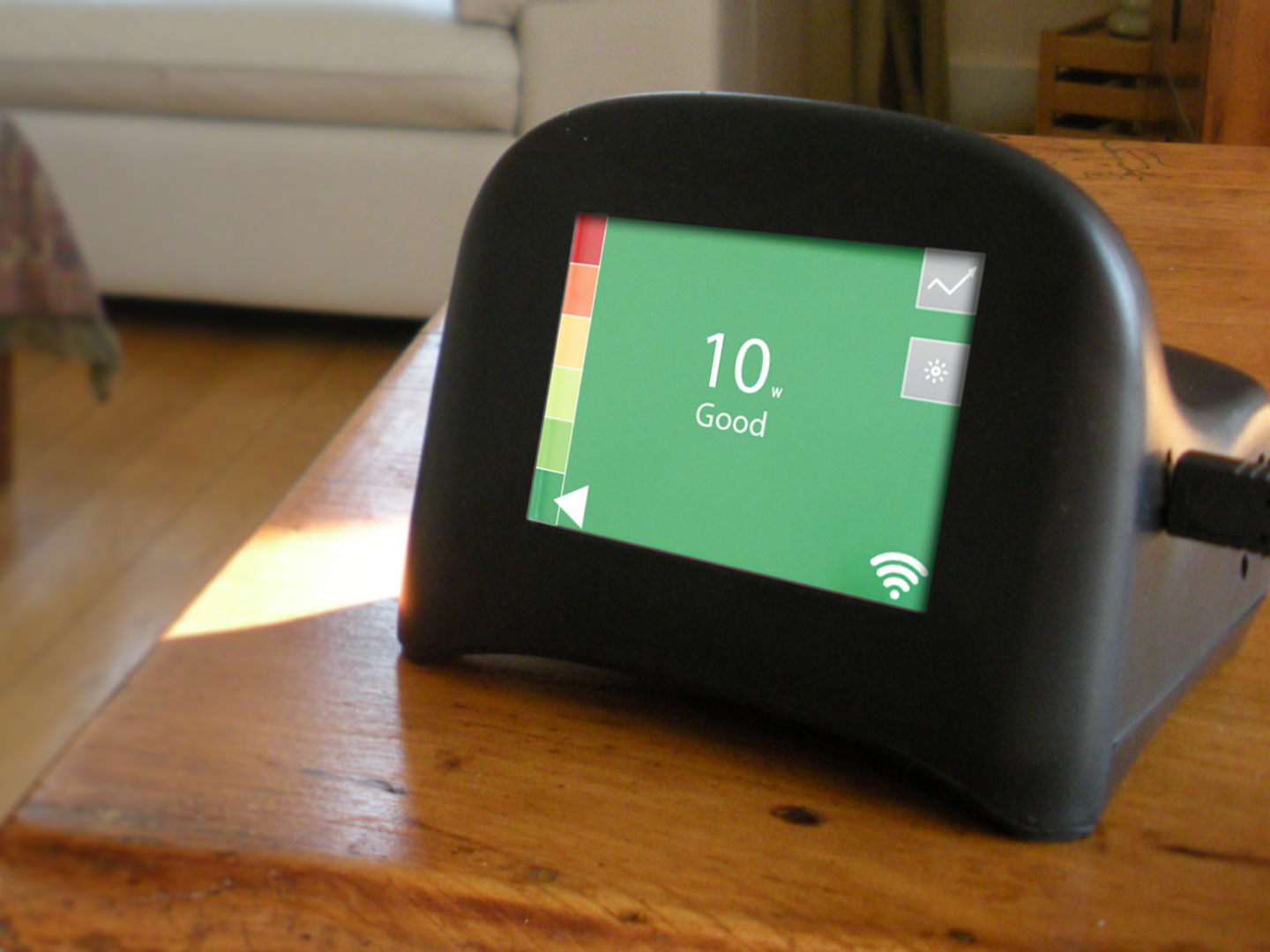
Experts say at-home air quality monitors, like the Speck, are one of the best tools for reliable readings and understanding regional patterns.
Carnegie Mellon University CREATE Lab

Experts say at-home air quality monitors, like the Speck, are one of the best tools for reliable readings and understanding regional patterns.
Carnegie Mellon University CREATE Lab

Carnegie Mellon University CREATE Lab
Experts say at-home air quality monitors, like the Speck, are one of the best tools for reliable readings and understanding regional patterns.
People throughout Pittsburgh were confused and concerned after some smartphones issued alerts about extremely hazardous air quality for the region earlier this month.
The Pennsylvania Department of Environmental Protection said in a statement that the alert was the result of a sensor glitch in Beaver Falls, about 30 miles north of Pittsburgh. The sensor reported levels of particulate matter similar to what occurs during wildfires, which was then picked up by apps that aggregate and report air quality data from multiple sensors.
Ana Hoffman with Carnegie Mellon University’s air quality engagement project—part of the university’s robotics and technology-focused CREATE Lab—said the error highlights why people should look at more than one air quality reading.
Single sensors can malfunction and often change throughout the day.
“A lot of things can set off a monitor, like a diesel truck going by or a train, and those are going to cause temporary spikes,” Hoffman explained.
Hoffman said it’s best to look at three different monitors. Doing so will indicate whether the spike is temporary and localized, or regional.
“If you see something that trends for a long time and seems to be corroborated by a few monitors, you can trust it,” Hoffman added.
At-home sensor company Purple Air maintains an online map that shows all of its sensors’ readings at once in real-time, which Hoffman said is one of the best tools for accurate monitoring.
Not all air pollution is the same
Before the state issued a statement about the sensor malfunction, Allegheny County officials initially blamed the false alerts on the prediction model used by several air quality data sources.
“Many apps try to predict what PM2.5 levels will be as the day goes on,” the Allegheny County Health Department said in a statement. “When the levels are increasing, the apps show a higher PM2.5 level for the rest of the day. When there is a weather inversion, the apps over predict PM2.5 levels until late morning.”
County officials said monitors measure air quality hourly and do not predict readings. At the time sent, county monitors measured “good” to “moderate” air quality levels for PM2.5, SO2 and ozone.
Levels of PM2.5, however, climbed later in the day, leading to a five-day air pollution episode warning. During that time, pollution-emitting companies were required to reduce their emissions.
Randy Sargent, director of visualizations at the CREATE Lab, said air-quality prediction technology is critical for that reason.
“We want to know ahead of time when pollution is going to be amplified because those would be really good times to cut back on the industrial processes that make so much of the really dangerous pollution in our area,” Sargent said.
While governments are required to report when measures particulate matter and other pollutants that exceed acceptable levels, Sargent said they don’t necessarily explain or analyze the different types of air pollution present and what those differences mean for residents.
“I think that sometimes we oversimplify when we measure PM 2.5 because a PM 2.5 from one source doesn’t necessarily equal PM 2.5 from the other source,” Sargent explained.
Sargent said the chemicals released in the coking process are especially hazardous.
To give residents a better idea of where daily air pollution comes from, the CREATE Lab developed Plume Pittsburgh, which visualizes air pollution patterns and industrial sources across Allegheny County.

A collection of interviews, photos, and music videos, featuring local musicians who have stopped by the WITF performance studio to share a little discussion and sound. Produced by WITF’s Joe Ulrich.
The days of journalism’s one-way street of simply producing stories for the public have long been over. Now, it’s time to find better ways to interact with you and ensure we meet your high standards of what a credible media organization should be.